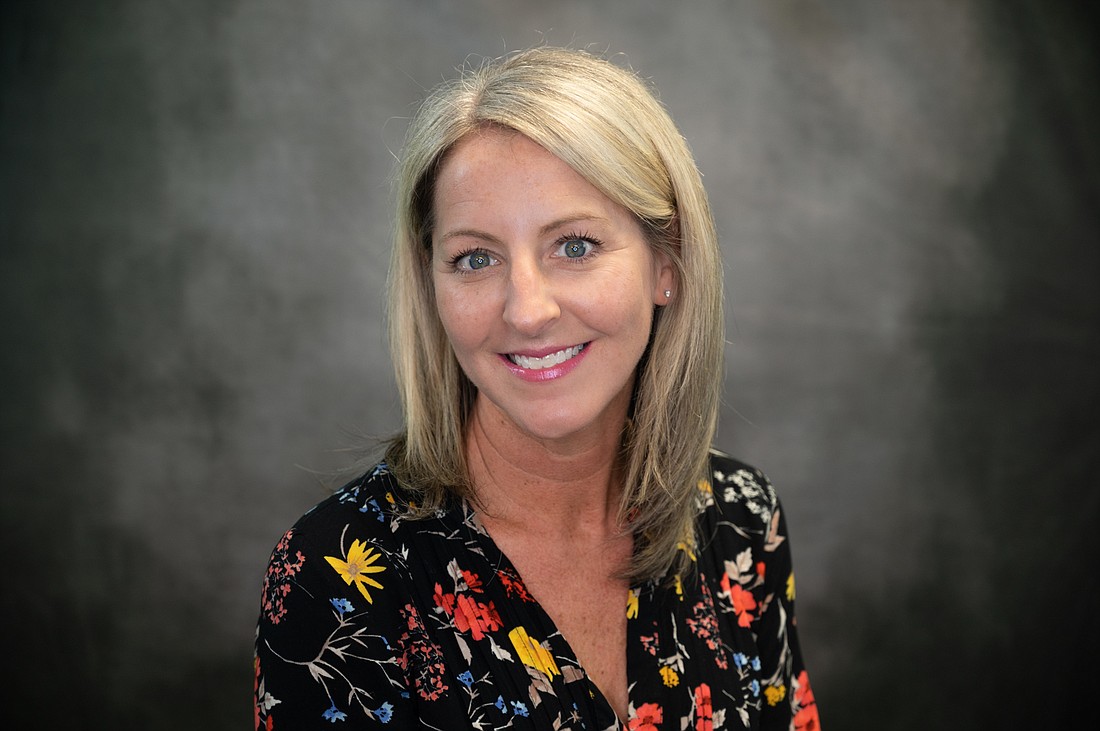- December 15, 2025

Julie Sheffield teaches students who have disabilities or are significantly behind grade level, and some arrive in her class feeling defeated. But Sheffield, Bunnell Elementary School's Teacher of the Year, makes sure they don't leave that way.
"Students from her class commonly come away with a favorite teacher, warm memories, and on-grade-level with (or much closer to) their peers."
— CARI HANKERD, assistant principal, Bunnell Elementary School
"They lack confidence and feel cast aside for their difficulties or disabilities," she wrote in her Teacher of the Year application. "... Others have been labeled as a lost cause, and that they won’t amount to anything. This breaks my heart, so I make it my mission to lift them up, to help them find their superpowers and meet their fullest potential. ... I refuse to be another person who gives up on them, lets them down or someone who doesn’t put the effort in to understand them."
Sheffield has taught at Bunnell Elementary School for the last 14 years, and has worked with students with disabilities for the last six years.
Sheffield's background as a high school cheerleader has served her well, she wrote.
"These students need a champion, they need a cheerleader, someone to point out their abilities and the amazing things that make them so special," she wrote. "I want to be that person, so I have become an integral part of the High Support model piloted by an amazing admin team."
"Julie is one of those teachers you come across once in a great while. She is popular with students, families, and colleagues."
— ROSEMARIE ALFANO, Bunnell Elementary School ESE staffing specialist
None of Sheffield's students start the year on grade level. But this last school year, 63% of them ended on grade level.
"Mrs. Sheffield’s data always demonstrates impressive growth, helping students close gaps and catch up with their grade level peers," Bunnell Elementary Assistant Principal Cari Hankerd wrote in a letter in support for Sheffield’s Teacher of the Year application. "Students from her class commonly come away with a favorite teacher, warm memories, and on-grade-level with (or much closer to) their peers."
Students in Sheffield’s class feel safe to take intellectual risks and make mistakes to grow, Hankerd wrote.
"Her enthusiasm in instruction is inspiring, her positivity is contagious, and her attentiveness and responsiveness to student data is meticulous," Hankerd wrote.
Rymfire Elementary Assistant Principal Abra Seay's grandson entered Sheffield's class for third grade.
"Having him in Julie’s class was the best decision we ever made," she wrote in a letter of recommendation for Sheffield. His reading assessments rapidly improved.
"His confidence also improved, and he loved school for the first time!" Seay wrote.
Sheffield came up with a new approach to teaching phonics and word patterns, using "pop it" fidget toys and having students pop the number of sounds they're hearing in a new word when Sheffield presents it to them, wrote ESE Staffing Specialist Rosemarie Alfano.
The process, she wrote, keeps students engaged in the activity and makes it clear if they aren't hearing the sounds.
The children then use magnetic letters to form the word, "building the letter-sound relationship," Alfano wrote.
"Students love Julie because she is kind, loving, fun, and cares about them," Alfano wrote. "Julie gets to know every student in her class as a whole person."